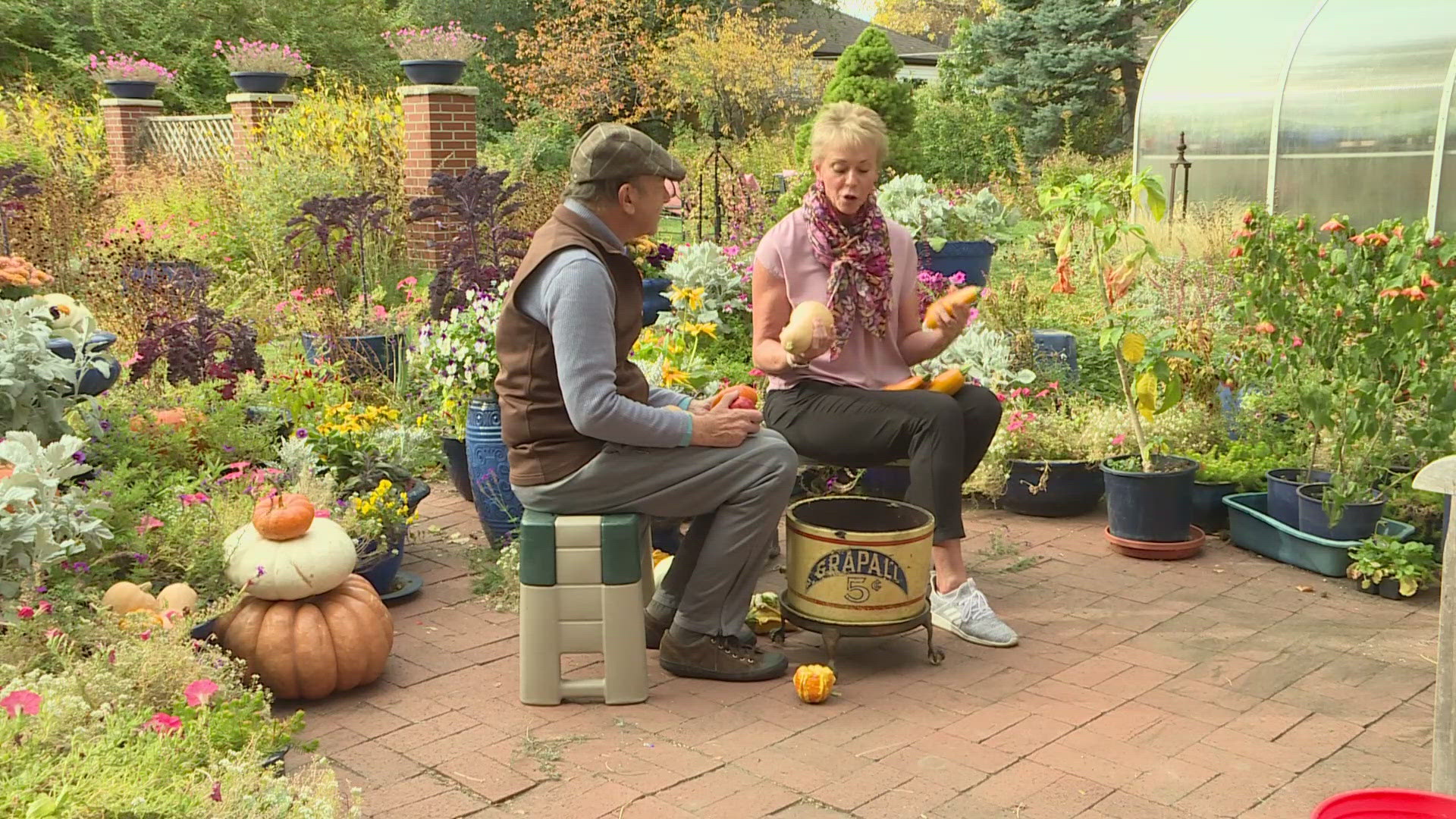So Colorado soil must be amended. In all cases, the amending is the same, but the goals are different. With clay, the goal is to add materials that will loosen up or get air into the soil and lower the pH. With sandy or rocky soil to retain water and nutrients. The first question is what type of soil do you have in your landscape? Grab a small handful of damp soil and squeeze it. If the soil feels a little sticky and forms a ball, you have clay soil. If it breaks apart into small pieces and feels rather gritty, you have sandy soil. If the soil contains pieces of rock or small rocks, you have rocky soil
To improve Colorado soil, add organic soil amendments like compost, or barnyard manure that is at least one year old. (Never use stockyard manure (it contains too much salt) or mountain peat (it's too fine to use as a soil amendment)). The general rule is to add one-third organic material to two-thirds existing soil, or three cubic yards per 1,000 square feet each year. (This is about 1 1/4 of material on top of the ground.) You must till the organic material into the soil, at least 6 to 8 deep, and up to 12 for really healthy soil. Till when the soil is damp, not wet or dry. If it sticks to the shovel, the soil is too wet. (It's difficult to us a tiller in mountain soil because rocks can break the tines. Instead use either heavy equipment or hand dig your soil.
/>

